Luxembourg may not be the largest or loudest city in Europe, but it carries a quiet charm that grows on you the longer you stay. Nestled among rolling hills and deep forests, Luxembourg City blends a rich history with a surprisingly dynamic cultural life. Walking its cobbled paths, I found stories in every stone, flavors in every dish, and a pace that invited me to slow down and notice the smaller details. Whether you’re curious about ancient fortresses, local specialties, or simple pleasures like a walk through a peaceful park, Luxembourg offers a welcoming experience for visitors willing to look beyond the postcard views.
Table of Contents
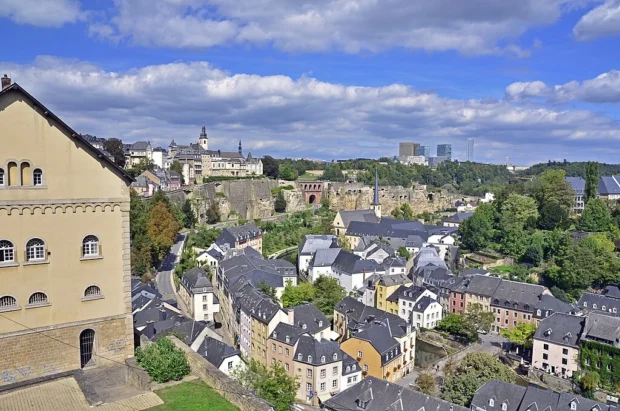
Wandering Through Luxembourg’s Old Town and Fortifications
The heart of Luxembourg City is its Old Town, a compact area perched on a rocky plateau with steep valleys on either side. The city’s historic fortifications are remarkable-fortresses and bunkers built over centuries, earning the city a UNESCO World Heritage status. When I strolled along the Chemin de la Corniche, often called “Europe’s most beautiful balcony,” I could see why locals are proud of this viewpoint. The stone walls and narrow lanes are reminders of times when guarding the city was a matter of life and death.
After enjoying Luxembourg’s historic fortresses, you might appreciate the timeless charm of Charles Bridge in Prague, a medieval icon rich with stories and local craft.
After enjoying Luxembourg’s historic streets and flavors, you might appreciate the unique blend of nature and history found in Göreme National Park, where ancient landscapes and cultural heritage meet.
For a closer look at Luxembourg’s historic defenses, the Casemates du Bock offers an underground passage into the city’s rich military past, complementing your visit perfectly.
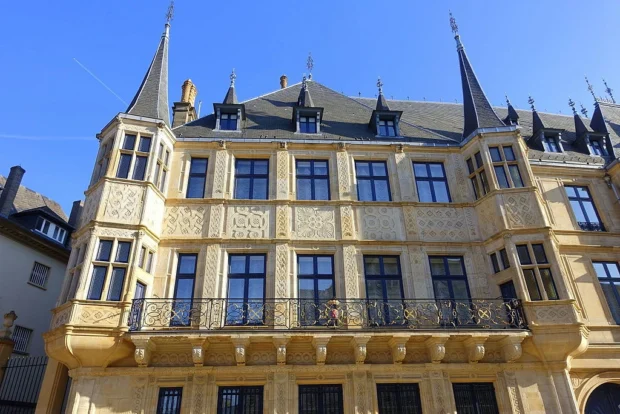
One afternoon, chatting with a shop owner in the Grund district, I learned that the area’s name means “ground” or “bottom,” referring to the valley level below the Old Town. It’s a lovely spot with old houses lining the river, cafés buzzing with chatter, and the occasional street musician. For history lovers, the Luxembourg City History Museum offers fascinating exhibits on daily life here over 1,000 years-its building itself a blend of old and new architecture, which makes the visit even more interesting. Feel free to check its website for details.
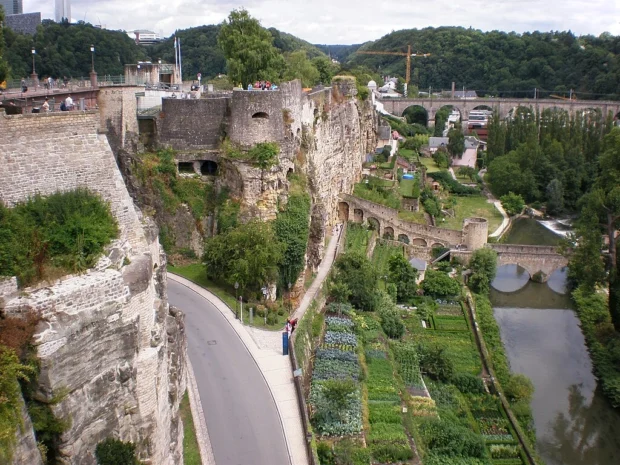
Where to Stay to Feel the City’s Pulse
Choosing where to stay can shape your experience. I preferred accommodations close enough to walk to the city center but tucked away from the busiest streets. Neighborhoods like Clausen and Kirchberg offer a mix of modern apartments and quiet residential streets, perfect if you want peaceful mornings after evenings spent enjoying Luxembourg’s nightlife or dining out. Clausen, with its old breweries turned into chic bars, is great for soaking up local atmosphere without the crowds.
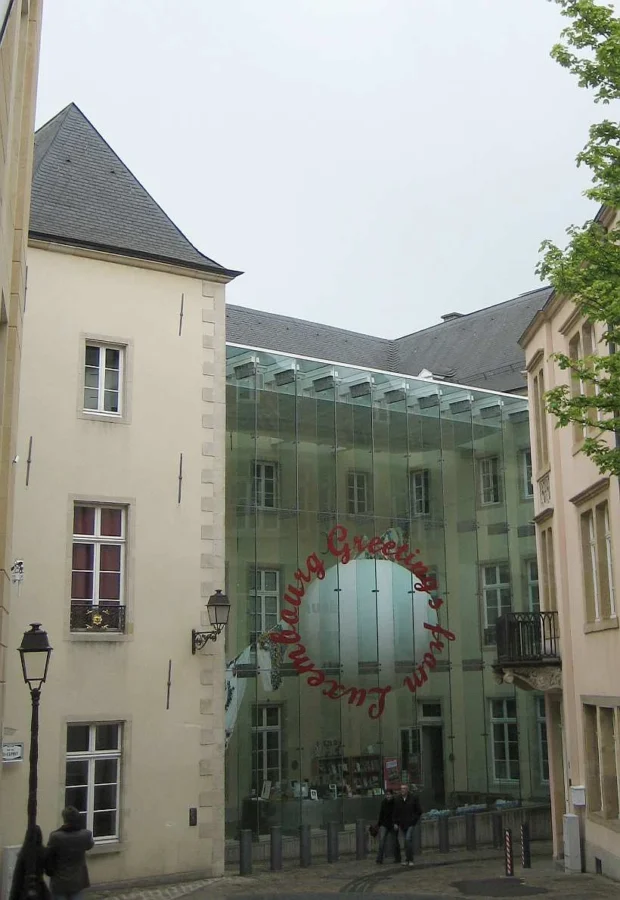
If you prefer to wake up surrounded by history, the Old Town has charming guesthouses with views of the fortress walls. Waking to the soft morning light on ancient stones felt like stepping back in time. Whatever you choose, Luxembourg’s size means that most places are just a short bus or tram ride from the main attractions, and public transportation is reliable and easy to use.
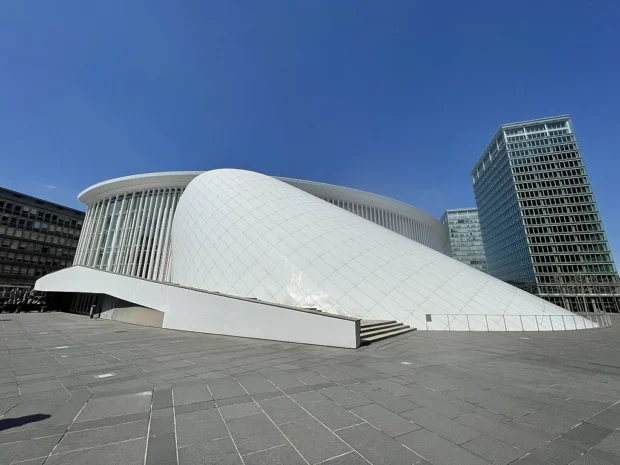
Taste of Luxembourg: Food Specialties and Dining Districts
One of my favorite ways to understand a culture is through its food, and Luxembourg did not disappoint. The city’s cuisine reflects its location between France, Germany, and Belgium, yet it has its own flavors and traditions. In the Grund district, I found cozy bistros serving Judd mat Gaardebounen, a succulent smoked pork collar with broad beans-a dish locals often enjoy in spring. Sampling this dish after a brisk walk along the river was a simple pleasure that connected me with Luxembourg’s rural roots.

In the city center, bakeries offered Gromperekichelcher, crispy potato pancakes with a hint of onion and parsley, perfect for a quick snack on the go. I also stumbled upon Quetschentaart, a sweet and tart plum tart, often shared among friends during the harvest season. Each bite seemed to tell a story of Luxembourg’s orchard-filled countryside.
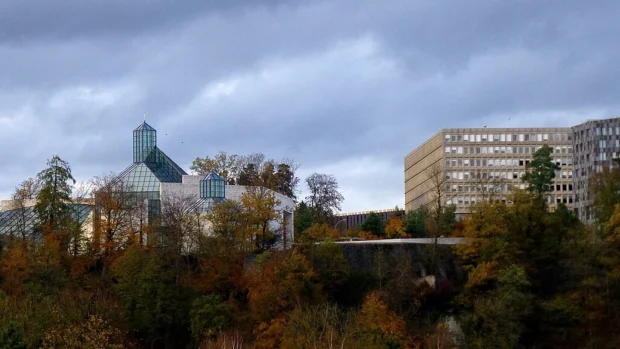
For a more formal meal, the Kirchberg district features several restaurants serving creative takes on regional dishes, often using seasonal ingredients sourced from nearby farms. The blend of tradition and innovation here reminded me how culinary heritage can be both preserved and refreshed.
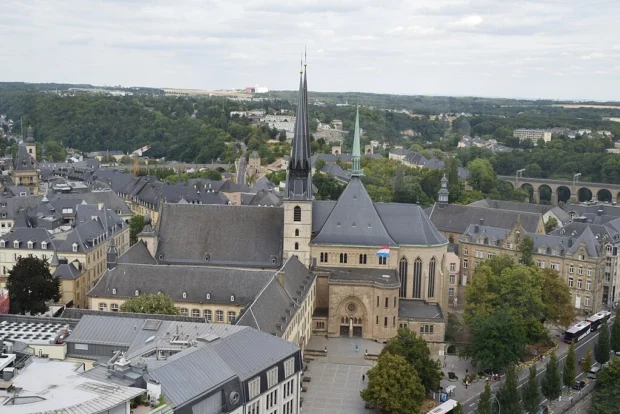
Getting Around Luxembourg City Like a Local
The city’s compact size makes walking a pleasure, with winding alleys to discover and parks to rest in. For longer distances or trips to neighborhoods like Kirchberg, the bus and tram networks run frequently and are included in the free public transport system-a rare and welcome treat for visitors. If you arrive at Luxembourg Airport, the bus line 16 connects directly to the city center within 20 minutes, making access quick and affordable. The airport is surprisingly close to downtown, which means less time wasted on travel and more time soaking in the city’s atmosphere.
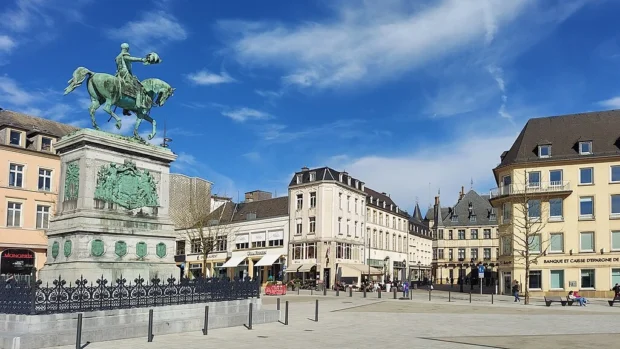
Train travel is another option; Luxembourg’s central railway station links the city with neighboring countries. The station area also has nice cafés and bookshops, so it’s a comfortable place to pause before heading off for more countryside adventures.
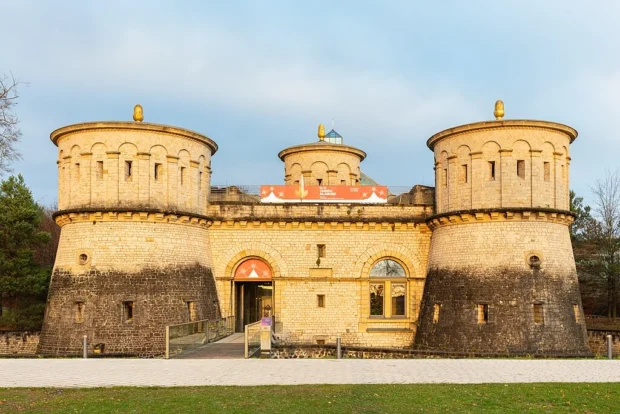
Culture and Customs: How to Blend In
Luxembourg has a polite and relaxed culture, but a few small customs go a long way. Greeting people with a simple “Moien” (hello) or a nod shows respect and friendliness. Luxembourgers tend to appreciate punctuality, especially for appointments or guided tours. When invited to someone’s home, bringing a small gift like chocolates or flowers is a kind gesture. I found that being curious and open to learning phrases in Luxembourgish or French delighted the people I met.
One thing to remember: Luxembourg is multilingual, with Luxembourgish, French, and German all widely spoken. This mixture colors daily life and communication, so don’t be surprised if a shopkeeper switches languages mid-sentence. On local public holidays, many shops close, giving the city a calm atmosphere-perfect for a quiet walk or visiting museums.
Unusual Finds and Quiet Corners Off the Beaten Path
While the fortress walls and Old Town charm attract many visitors, I was more taken by quieter spots. For example, the Parc de Merl offers a peaceful green space with a neat botanical garden tucked inside, ideal for a picnic or a lazy afternoon. Nearby, the railway viaduct known as the “Red Bridge” arches impressively over the valley, a favored spot for photographers who catch it shimmering in the early morning light.
Another delight was visiting artisan workshops where craftspeople create everything from hand-forged ironworks to traditional pottery. These hidden studios, often found in small side streets, gave me a sense of how local heritage is preserved through skillful hands. If you come across a festival or market during your visit, take time to taste products from small farmers and producers-they often include cheeses, sausages, and fresh fruits that tell the story of Luxembourg’s agricultural landscape.
Historic Churches and Quiet Corners
Luxembourg City hosts several historic churches, each with its own story and architectural style. The Notre-Dame Cathedral, with its stunning Gothic and Renaissance features, is a highlight. Its peaceful interior, filled with stained glass and rich woodwork, invites quiet contemplation. I found sitting in a pew there one morning gave me a moment of stillness amid the city’s bustle. Not far from the cathedral, small chapels and 18th-century churches offer glimpses of the city’s religious past without the crowds.
These sacred spaces also connect to community traditions, with festivals and events throughout the year. I was lucky to attend a small concert in one church, where local musicians played folk pieces that echoed centuries of storytelling and cultural pride.
Luxembourg City is a place where ancient stones meet modern life, where food carries history on its plate, and where every corner holds a quiet narrative. If you take time to wander slowly and chat with locals, you’ll find much more than a capital city-you’ll find a warm welcome, layers of time, and a rhythm that invites you to stay just a little longer.
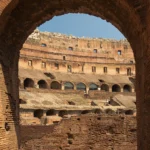
Explorer of historic places and culinary traditions, combining landscape appreciation with food culture.
- Luxembourg Grund from Verlorenkost 01 by Cayambe on Wikimedia Commons – cc by-sa 3.0
- Luxembourg – Blick auf den Kirchberg by Guido Radig on Wikimedia Commons – cc by 3.0
- Grand Ducal Palace – Luxembourg City – DSC05967 by Daderot on Wikimedia Commons – cc0
- Bockfelsen Luxemburg by Roland Struwe on Wikimedia Commons – cc by-sa 3.0
- MHVL2008 by Zinneke on Wikimedia Commons – cc by-sa 3.0
- Philharmonie Luxembourg photo 5 by Alf van Beem on Wikimedia Commons – cc0
- American Cemetery and Memorial, Luxembourg (IMG 20210919 122956) by Matti Blume on Wikimedia Commons – cc by-sa
- MUDAM – LUXEMBOURG MODERN ART MUSEUM by Denise Hastert on Wikimedia Commons – cc by-sa 3.0
- Cathédrale Notre-Dame de Luxembourg 2019-08 –2 by Zinneke on Wikimedia Commons – cc by-sa 3.0
- Luxembourg City – Place Guillaume II by P. Hughes on Wikimedia Commons – cc by-sa 4.0
- Fuerte Thüngen, ciudad de Luxemburgo, Luxemburgo, 2023-12-16, DD 148 by Diego Delso on Wikimedia Commons – cc by-sa 4.0
